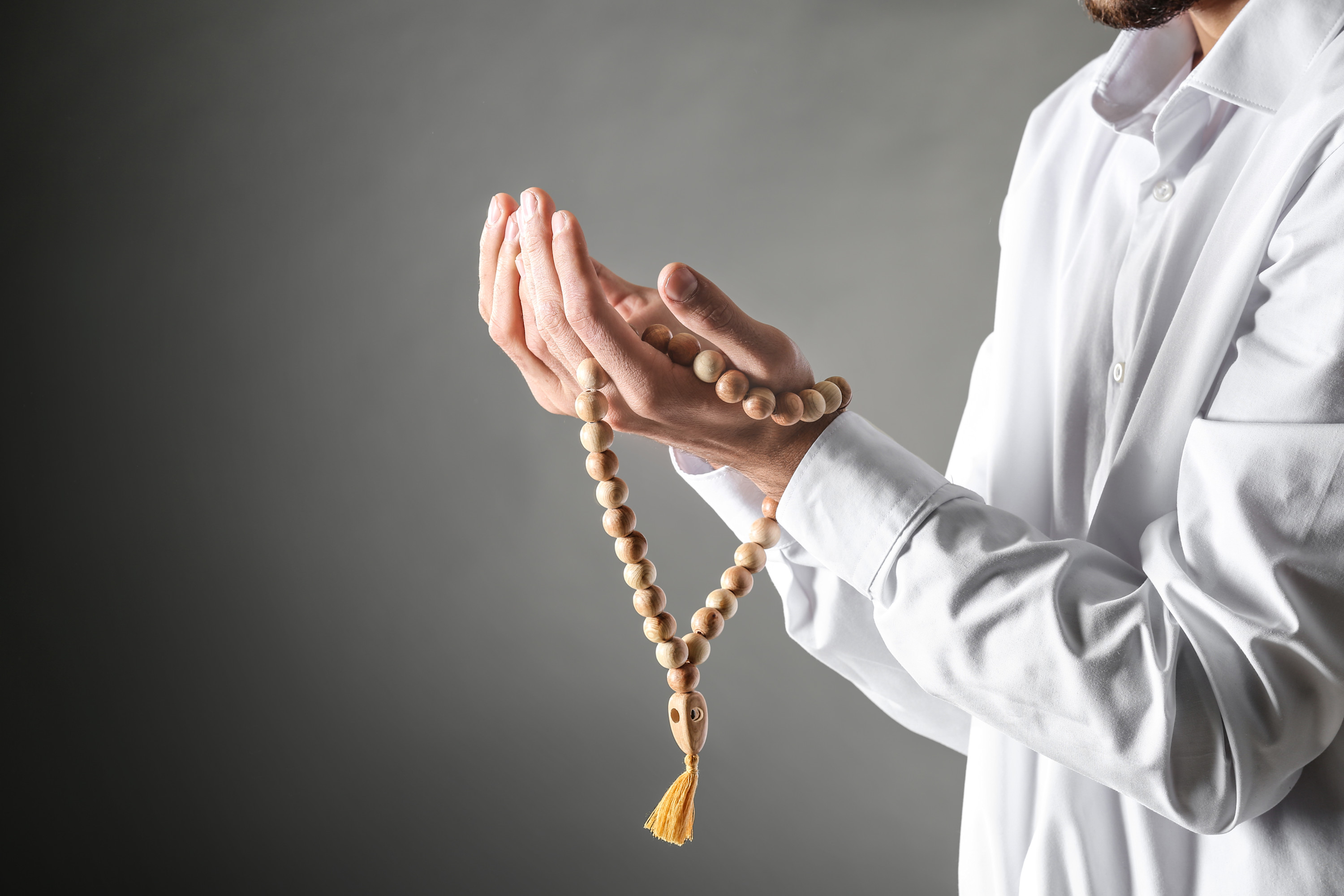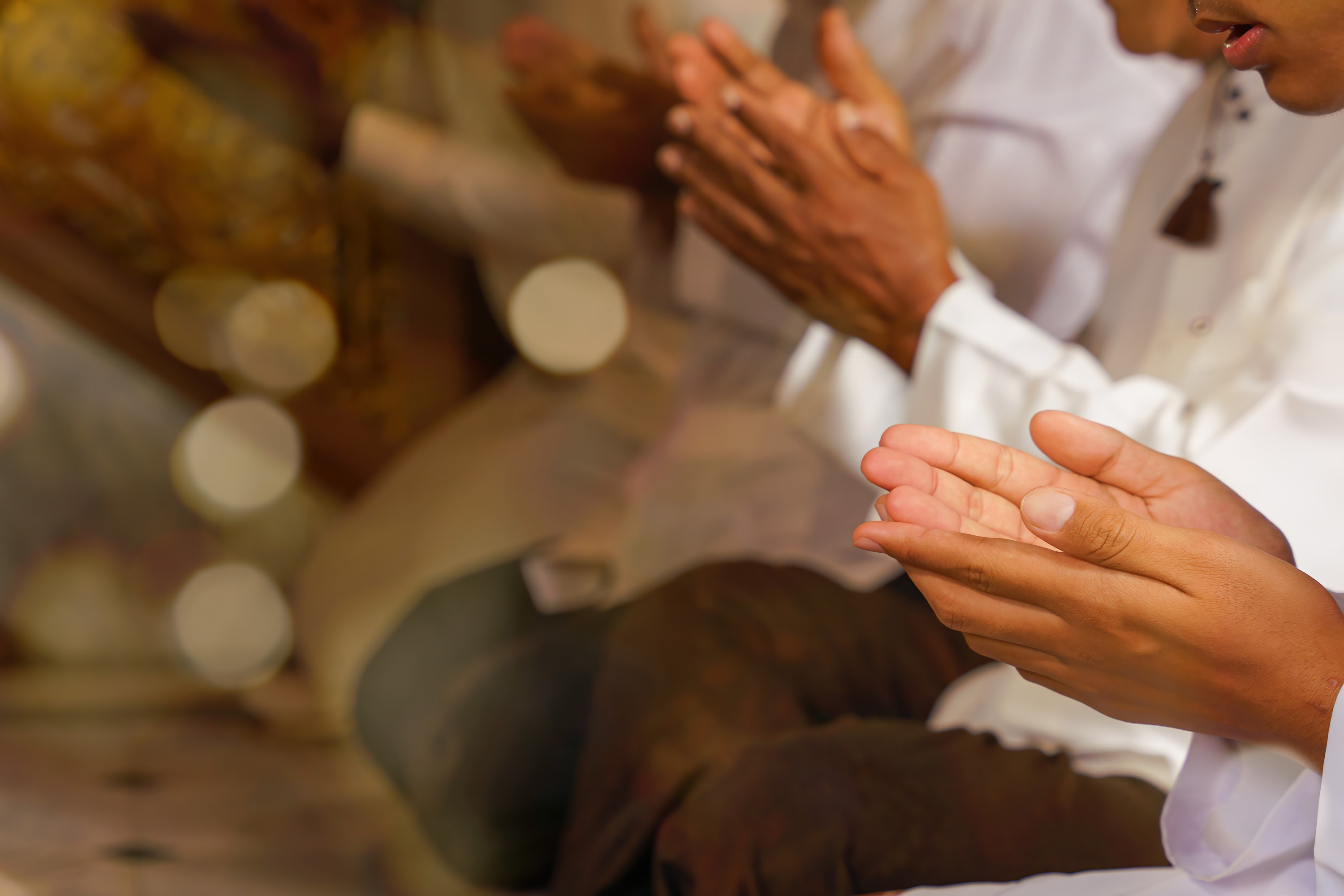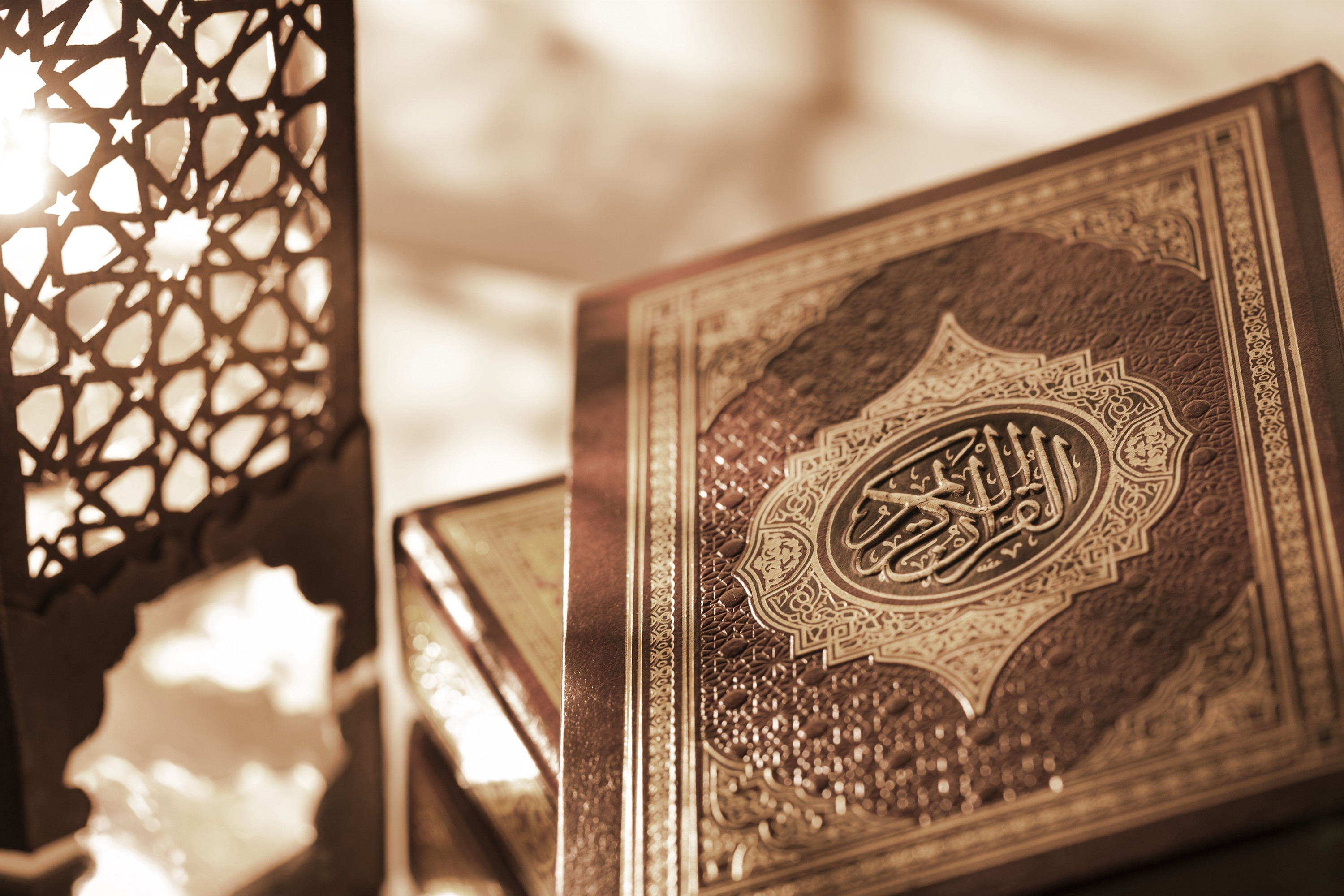
What are the 5 Devotional Pillars of Islam?
The foundational pillars of worship in Islam are encapsulated in the Five Pillars of Islam, which serve as the cornerstone of Muslim faith and practice. These pillars include: Shahada (the declaration of faith), Salah (prayer), Zakat (almsgiving), Sawm (fasting during the month of Ramadan), and Hajj (pilgrimage to Mecca).
The Shahada affirms the oneness of Allah and the prophethood of Muhammad (peace be upon him) , serving as the fundamental declaration of belief. Salah involves the ritual prayers performed five times a day, providing regular spiritual connection and submission to Allah. Zakat is the obligation to give a portion of one's wealth to those in need, fostering social justice and compassion. Sawm involves fasting from dawn to sunset during the month of Ramadan, promoting self-discipline, empathy, and spiritual purification. Finally, Hajj is the pilgrimage to the holy city of Mecca, undertaken by Muslims at least once in their lifetime if physically and financially able, symbolizing unity, equality, and devotion to Allah. These pillars collectively guide Muslims in their worship, fostering spiritual growth, social responsibility, and a deeper connection to Allah.
1. Shahada (Testimony of Faith)

The Shahada is the Islamic declaration of faith, and it is the most fundamental pillar of Islam. Reciting the Shahada is a declaration of belief in the oneness of Allah and the prophethood of Muhammad (peace be upon him). The Shahada is as follows:
لا إله إلا الله⸲ محمد رسول الله
La ilaha illallah, Muhammadur rasulullah
This Arabic phrase translates to: "There is no god but Allah, and Muhammad is the messenger of Allah."
Taking the Shahada is a significant step for someone who wishes to embrace Islam or formally declare their faith. Here's how you can take the Shahada:
Understanding: Before reciting the Shahada, it's important to have a basic understanding of its meaning and significance. Take some time to learn about Islam, its beliefs, and its practices.
Sincerity: Taking the Shahada should come from the heart, with a genuine belief in its message. It's a solemn declaration of faith, so it should not be taken lightly.
Witnesses: While it's not a strict requirement, it's common for individuals to take the Shahada in the presence of witnesses, such as family members, friends, or members of the Muslim community. This can provide support and affirmation of your decision.
Recitation: When you're ready, you can recite the Shahada in Arabic. If you're not familiar with Arabic, you can recite it in your native language while understanding its meaning. The key is to affirm your belief in the oneness of Allah and the prophethood of Muhammad (peace be upon him).
Intent: Along with reciting the Shahada, you should also have the intention to embrace Islam and follow its teachings to the best of your ability.
Acceptance: By reciting the Shahada, you are formally declaring your faith and acceptance of Islam as your religion. This marks the beginning of your journey as a Muslim.
After taking the Shahada, it's encouraged to seek further knowledge about Islam, learn about its practices, and connect with the Muslim community for support and guidance. Embracing Islam is a lifelong commitment to faith, worship, and righteous conduct, and it's a journey that many find deeply rewarding and fulfilling.
2. How to Perform Salah (Prayer)

Salah, or Islamic prayer, is one of the five pillars of Islam and holds immense significance in the faith. It is a direct form of worship and communication with Allah, and it serves as a means of spiritual connection, purification, and discipline for Muslims. Here are the essentials of Salah:
Purity (Taharah): Before performing Salah, Muslims must ensure that they are in a state of physical and ritual purity. This involves performing Wudhu (ablution)
or Ghusl (ritual bath) if necessary, depending on the level of impurity.
Covering the Awrah: Muslims must ensure that their bodies are appropriately covered during Salah. For men, this typically involves covering the area from the navel to the knees, while for women, it involves covering the entire body except for the face and hands.
Facing the Qiblah: During Salah, Muslims must face the Kaaba in Mecca, known as the Qiblah. This direction is determined based on one's geographical location relative to the Kaaba.
Intention (Niyyah): Before beginning each prayer, Muslims should make a sincere intention in their hearts to perform the specific prayer they are about to engage in. While the intention does not need to be vocalized, it should be present in the mind and heart.
Recitation of Takbir: Each prayer begins with the recitation of "Allahu Akbar" (Allah is the Greatest), known as Takbir. This serves as a declaration of Allah's greatness and the commencement of the prayer.
Recitation of Al-Fatiha: The recitation of Surah Al-Fatiha (the Opening Chapter) is an essential component of every Rak'ah (unit) of Salah. It is followed by the recitation of additional verses or chapters from the Quran, depending on the specific prayer and Rak'ah.
Rukoo' (Bowing): Each Rak'ah of Salah includes a bowing posture known as Rukoo'. During Rukoo', Muslims bend from the waist, keeping the back straight, while reciting specific supplications praising Allah. Step 6 – Bow down. This is known as the ‘ruku’
Sujood (Prostration): Sujood involves placing the forehead, nose, palms, knees, and toes on the ground in a humble prostration to Allah. It is a position of submission and humility, and Muslims recite specific supplications while in Sujood. Step 8 – Go down to perform prostration. This is known as ‘sujud’
Tashahhud: In the final Rak'ah of Salah, Muslims recite the Tashahhud, a declaration of faith and blessings upon the Prophet Muhammad (peace be upon him). It is followed by sending peace and blessings upon the Prophet (Salat al-Ibrahimiyah). Step 13 – Perform the tashahud at the end of every two rakah
Salaam (Ending the Prayer): Salah concludes with the Salaam, where Muslims turn their heads to the right and then to the left, saying "Assalamu Alaikum wa Rahmatullah" (Peace and mercy of Allah be upon you) to each side, signifying the end of the prayer. Step 13 – Perform the tashahud at the end of every two rakah
These are the essential components of Salah, and performing them correctly and with devotion is vital for the validity and acceptance of the prayer in Islam.
This is an informative video detailing how to Offer the Prayer:
See this resource for pictures and a full guide on how to perform Salah: How to Pray Salah, Step by Step
3. Zakat (Charity)

This is an informative video detailing what Mandatory Charity is and how it benefits Muslims around the world
4. Sawm (Fasting)

This is a detailed guide on the month of Ramadan. In this guide, the reader will find details about the month of Ramadan, it's significance, how to spend their days and nights in worship and how Ramadan has been observed throughout the world for centuries.
How Does Ramadan Work? A Beginner’s Guide
5. Hajj (Pilgrimage)

What is Hajj? In this paper published by Yaqeen Institute, readers will explore how the legacy of the Prophet Abraham continues to be a central point in the lives of Muslims today.
Living Abraham's Legacy of Hajj: Relevance of Rites and Rituals in the Modern Age
This is a two part informative video by Shaykh Omar Suleiman explaining the Sacred Pilgrimage of Hajj. Viewers will learn what Hajj is, its significance, how it was established, and how it is observed today.
Tags:
Tags:

Admin
Shahada services muslims to support them in the endeavor of seeking knowledge and connecting with their ummah. Shahada ai allows users to ask questions relating to Islam and receive answers backed by reliable sources of knowledge, including Quran, Hadith, Sirah, and Tafsir sources.












